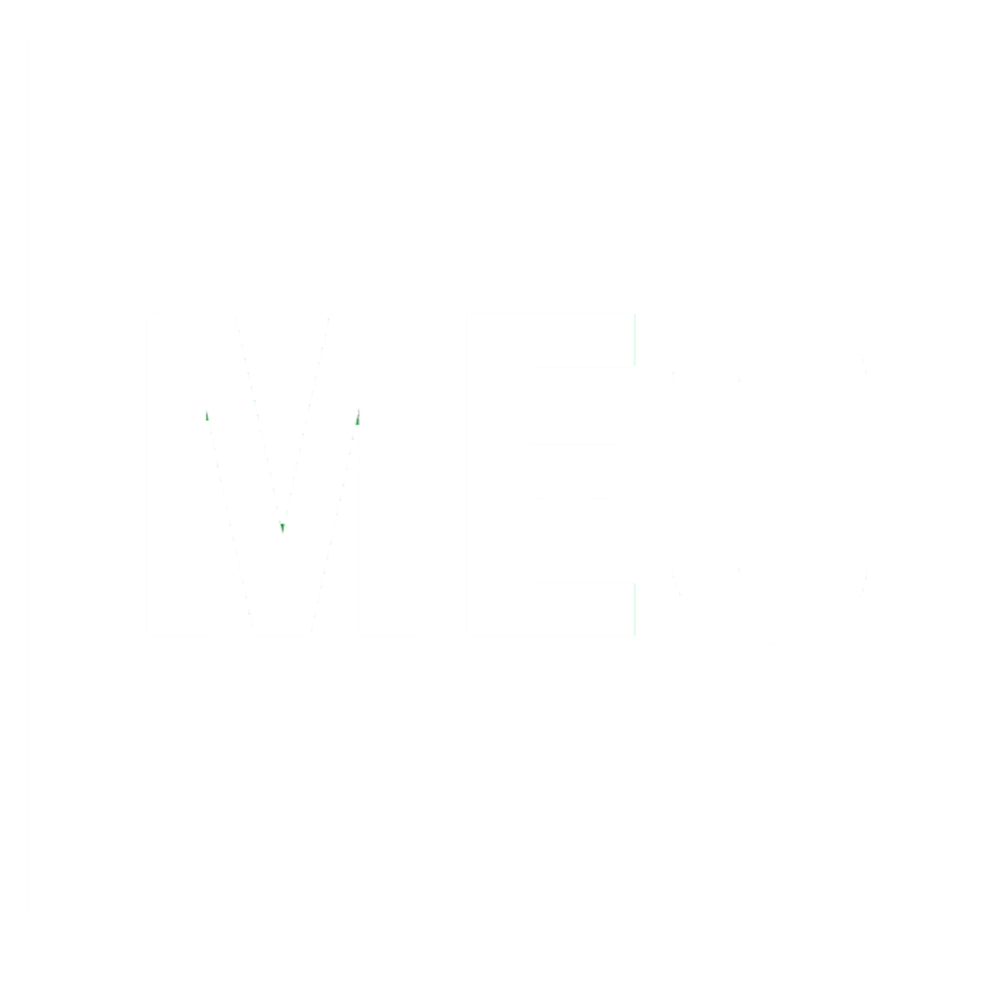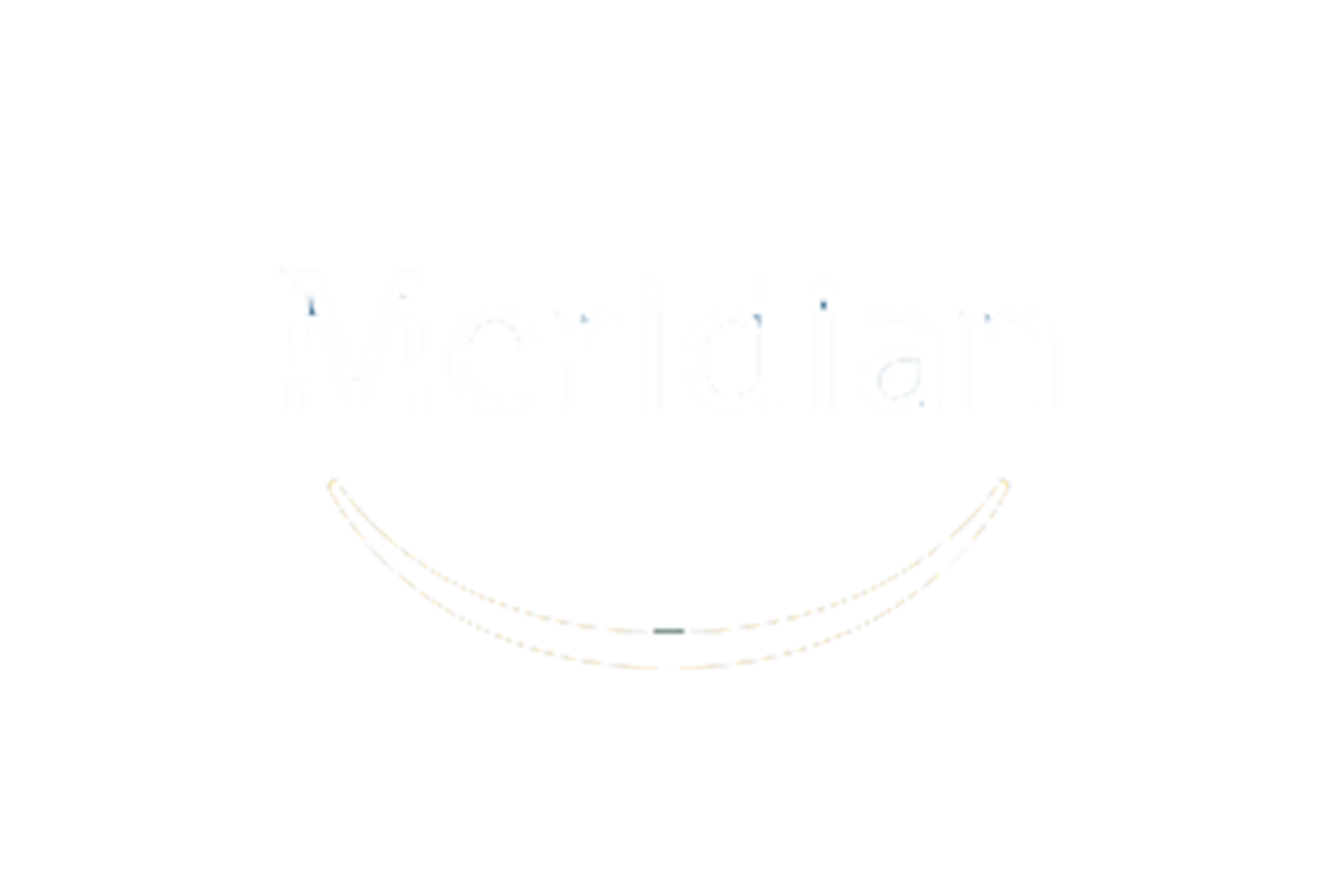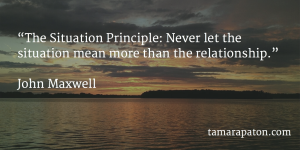

What do you have in mind for 2016? Is January 1 an opportunity to wipe the slate clean and start fresh?
I am a big fan of setting goals. Doing so helps me align my day-to-day actions with my values. With clear priorities, I can better navigate the boundaries between family, boards, clients and community. And a well-considered framework for the year gives me the clarity I need to embrace change confidently.
Perhaps you’ve already started reflecting on what you experienced in 2015. When you are ready to take the wheel on 2016, a structured process will make goal setting easier and more effective. For myself and the clients I advise, three practices provide a meaningful platform for reflection and planning.
1. Frame the year in 90-day sprints
Set a goal that affects your behaviour today. You need a goal that makes you start now. According to performance coach Todd Herman, “The feedback loop for a long-term vision is so far away that you are not closing it fast enough.” Tom Mendoza, vice-chair of NetApp, agrees. “Procrastination is the killer of all goal setting. You have to set a goal with a time limit that causes you to take action today.”
Setting short-term goals in 90-day chunks keeps me from spreading myself too thin. I aim for a few intense milestones, knowing that I’ll soon focus on the next wave of priorities.
2. Set a mix of goals
Sport psychology professor Larry Leith classifies goals into three categories: outcome, performance, and process.
Outcome goals offer measurable results, such as “In 90 days, I will do 100 push-ups without resting.” The Type A personalities among us respond well to these targets. Outcome goals alone are not sufficient, however, largely because we don’t have complete control over whether the goal is achieved.
Performance goals focus on what we are going to improve in order to get to an outcome goal. Break your outcome goal into performance goals over two-week periods. For example, “I will do 50 push-ups two weeks from today.” And then add 10 more push-ups to this target every two weeks. The key is to choose high impact, measurable activities that will contribute to the outcome we seek.
I support my performance goals with process goals. By getting specific about what I’m going to do, when, where and with whom, I develop a sense of clarity and momentum. Scheduling workouts in my calendar and reviewing them every few days gives me complete control over process goals.
3. Balance your efforts
Building a successful board career requires a blend of investments in your capabilities, professional network, and current board performance.
First, ask yourself, “What is the one skill that, if I improved right now, would have the highest impact on my trajectory?” Lead a transformational project in your day job. Enrol in a course or governance training program. Sharpen your curiosity and critical thinking by reading from a deep list of varied sources.
Next, set targets for your networking and public service efforts. You can source ideas from my free networking report or simply make an effort to reconnect with a handful of people each and every day. I also encourage you to volunteer as a board director or consultant to a well-connected nonprofit.
Finally, consider your performance on your current board(s). Solicit feedback from your chair and other colleagues to identify two or three ways you might contribute more meaningfully. Choose one of those areas for improvement and put your shoulder behind that one priority.
I just finished making plans for 2016. Having brainstormed outcome, performance and process goals, I slotted them into 90-day chunks of time. After setting my work aside for a few days, I returned to apply a fresh focus and commitment to my first 90-day sprint and the related two-week objectives. With my calendar starting to fill in, I already feel a sense of momentum gathering around what I’m going to make my best year ever.
Question: How are you looking ahead to 2016? What do you want to achieve in your board career and beyond?
Thank you for reading! If you found this post useful, please click the “like” button or tweet a comment. Doing so helps my work reach others and would mean so much to me.










